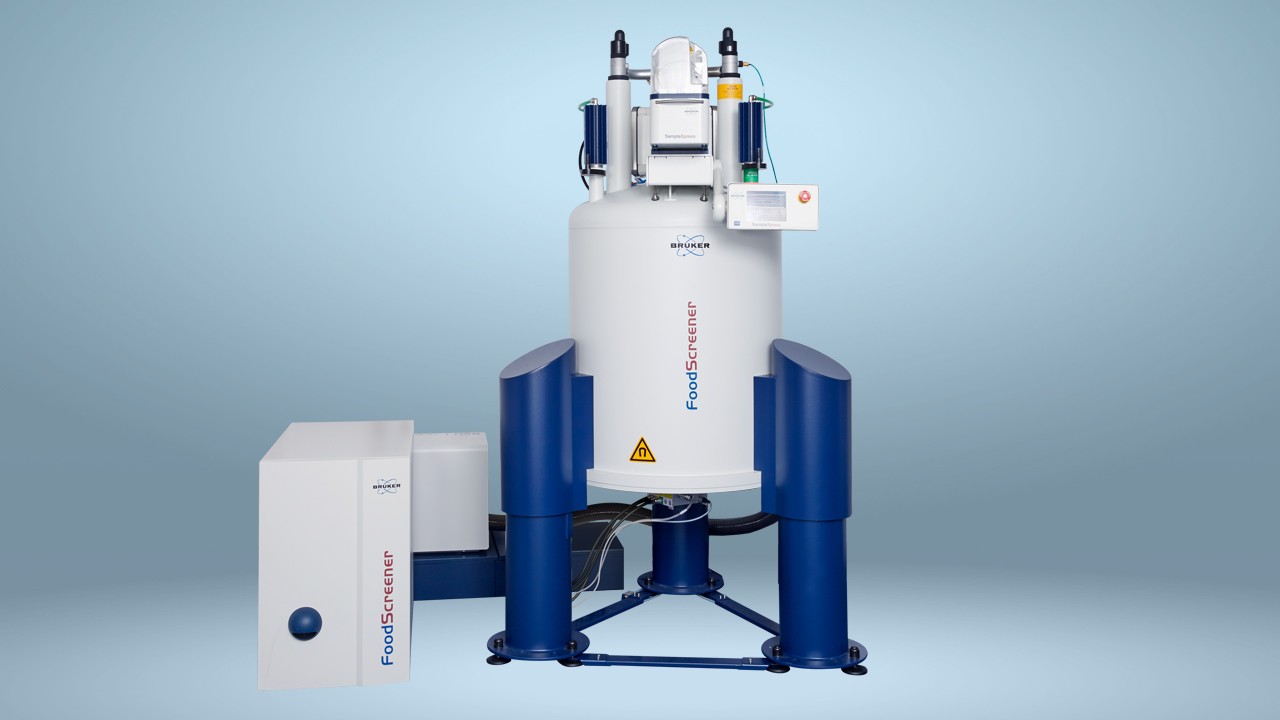

NMR Discriminates Lager According to Brewing Ingredients
“PLS-DA and SIMCA models proved to be a powerful tool with predict power higher than 90% for distinguishing lager beers based on the raw materials employed in the brewing process.”
A key contributor to the final color and flavor of a lager is the type of carbohydrate sources used during brewing. For the market-leading lager-type beers, Standard American Lager and Premium American Lager, the key difference is the presence of non-malt adjuncts in the Standard American Lager that are not included in Premium American Lagers.
To reduce cost, Standard American Lager is brewed using half the quantity of base malt. The volume is made up with alternative carbohydrate sources, such as corn, rice, oats, and sucrose syrup. This reduction in the main source of fermentable sugars requires the addition of exogenous microbial enzymes, such as amylase. Consequently, there is a difference in the mixture of carbohydrates present in the final product.
Researchers identified this as a potential means for objectively differentiating between the two types of lager. Such discrimination is important for the verification of premium lagers, yet it is not readily achievable.
Many studies have investigated the differentiation of beers according to the brewing process adopted, but few have focused on the differentiation between lagers of different styles that arise from the carbohydrate sources used at the start of the brewing process.
In the latest research, 40 samples of Brazilian premium and standard lager beers were analyzed by 1H nuclear magnetic resonance spectroscopy using a Bruker Avance III HD 600 spectrometer equipped with a Triple Inverse TCI Cryo-probe head.
1H nuclear magnetic resonance spectroscopy was selected as the analytical tool of choice by virtue of its ability to provide precise and highly reproducible data with ease and speed. Furthermore, nuclear magnetic resonance spectroscopy is non-destructive and requires minimal sample preparation.
Subjecting the spectra obtained from the NMR analysis to Principal Component Analysis revealed two clusters of components, corresponding to Premium American Lager and Standard American Lager. The clusters showed a small region of commonality.
Most of the variation was accounted for by only three components. In particular, the Premium American Lagers contained more maltooligosaccharides and maltose than the standard American Lager-style beers.
Partial Least Squared-Discriminant Analysis enabled the different styles of lager to be differentiated with 100% accuracy. The application of Soft Independent Modelling of Class Analogies to the 1H NMR spectra achieved differentiation with 96.4% in the calibration set and 91.6% in the prediction set.
The authors concluded that nuclear magnetic resonance spectroscopy used in conjunction with chemometric techniques could represent a powerful tool for distinguishing lager beers based on the raw materials used to brew the lagers.
Reference:
Da Silva LA, et al. Food Chemistry. 272 (2019) 488–493. DOI: 10.1016/j.foodchem.2018.08.077.


